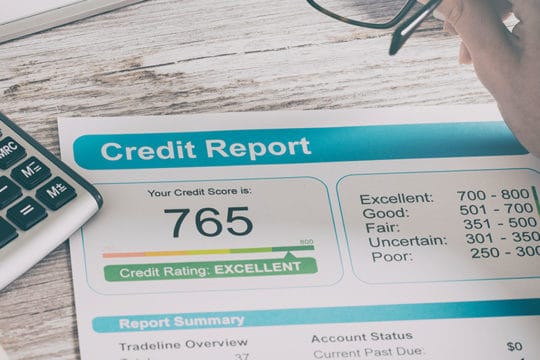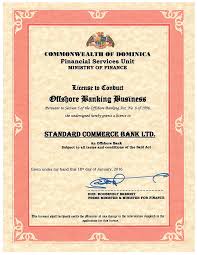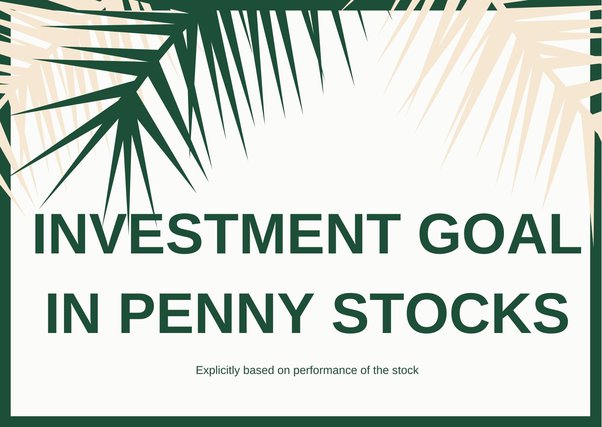
The following steps will show you how to analyze a stock. This will allow you to sell or buy stocks. Here are the 4 steps:
Technical analysis
Understanding price patterns is a key step in technical analytics. This method relies on charts to show past price behavior, which can help traders make inferences about likely future behavior. There are three types: bar, line, candlestick. Technical analysts use a logarithmic scale when looking at data that has moved through large ranges. Volume is an important aspect of technical analysis. They view it as confirmation of trends.

Fundamental analysis
If you want to know if a company is a good long-term investment, fundamental analysis is the way to go. This analysis is useful for a number of reasons, from determining the efficiency of a company to screening the company's financial statements. It's best to use it for long-term investment, such as on the stock exchange. This method requires a considerable amount of time and specialized knowledge, as it requires a thorough analysis of a company's operations.
Ratio of P/E
The stock's P/E is an important factor to consider when analyzing it. The more expensive the stock, the higher its P/E. To compare the performance of a stock to the entire market, PE ratios can be used. Higher ratios indicate a company's standing in the stock market. Market indexes can also use the PE ratio.
Volatility
Volatility measures the rate at that a security's value changes over time. It is important to understand when investing as it can help investors evaluate the risks of price changes. Volatility is a measurement of the dispersion of prices over a given period, and is calculated using two key indicators: beta and standard deviation. It is useful to calculate volatility using beta.

Trend analysis
What is Trend Analysis? Trend analysis is a technique used by traders and investors to predict the future of stocks. Trend analysis uses data from a variety of time periods. This allows traders and investors the ability to interpret past events and predict future moves. It's a method to predict long-term market sentiment by using past data (e.g. price movements, transaction volume, etc.). The goal of trend analysis is to forecast the future of a stock, ride the trend until the data indicates a reversal.
FAQ
What are the different types of investments?
The main four types of investment include equity, cash and real estate.
A debt is an obligation to repay the money at a later time. It is typically used to finance large construction projects, such as houses and factories. Equity is when you buy shares in a company. Real estate means you have land or buildings. Cash is what you have now.
You are part owner of the company when you invest money in stocks, bonds or mutual funds. You are part of the profits and losses.
What kind of investment vehicle should I use?
When it comes to investing, there are two options: stocks or bonds.
Stocks can be used to own shares in companies. Stocks have higher returns than bonds that pay out interest every month.
Stocks are the best way to quickly create wealth.
Bonds are safer investments, but yield lower returns.
You should also keep in mind that other types of investments exist.
They include real-estate, precious metals (precious metals), art, collectibles, private businesses, and other assets.
What investment type has the highest return?
The truth is that it doesn't really matter what you think. It all depends on the risk you are willing and able to take. You can imagine that if you invested $1000 today, and expected a 10% annual rate, then $1100 would be available after one year. Instead, you could invest $100,000 today and expect a 20% annual return, which is extremely risky. You would then have $200,000 in five years.
In general, the greater the return, generally speaking, the higher the risk.
Investing in low-risk investments like CDs and bank accounts is the best option.
However, the returns will be lower.
On the other hand, high-risk investments can lead to large gains.
A 100% return could be possible if you invest all your savings in stocks. But, losing all your savings could result in the stock market plummeting.
Which one is better?
It all depends on your goals.
You can save money for retirement by putting aside money now if your goal is to retire in 30.
But if you're looking to build wealth over time, it might make more sense to invest in high-risk investments because they can help you reach your long-term goals faster.
Be aware that riskier investments often yield greater potential rewards.
You can't guarantee that you'll reap the rewards.
How do you start investing and growing your money?
You should begin by learning how to invest wisely. You'll be able to save all of your hard-earned savings.
Also, you can learn how grow your own food. It isn't as difficult as it seems. You can grow enough vegetables for your family and yourself with the right tools.
You don't need much space either. It's important to get enough sun. Try planting flowers around you house. They are easy to maintain and add beauty to any house.
Consider buying used items over brand-new items if you're looking for savings. The cost of used goods is usually lower and the product lasts longer.
Do I need an IRA to invest?
An Individual Retirement Account (IRA), is a retirement plan that allows you tax-free savings.
You can contribute after-tax dollars to IRAs, which allows you to build wealth quicker. You also get tax breaks for any money you withdraw after you have made it.
IRAs are particularly useful for self-employed people or those who work for small businesses.
Many employers also offer matching contributions for their employees. If your employer matches your contributions, you will save twice as much!
Do I need to invest in real estate?
Real Estate Investments are great because they help generate Passive Income. However, they require a lot of upfront capital.
Real Estate is not the best choice for those who want quick returns.
Instead, consider putting your money into dividend-paying stocks. These pay monthly dividends, which can be reinvested to further increase your earnings.
Do I need to know anything about finance before I start investing?
No, you don't need any special knowledge to make good decisions about your finances.
All you really need is common sense.
These are just a few tips to help avoid costly mistakes with your hard-earned dollars.
First, be cautious about how much money you borrow.
Don't go into debt just to make more money.
Also, try to understand the risks involved in certain investments.
These include inflation, taxes, and other fees.
Finally, never let emotions cloud your judgment.
It's not gambling to invest. It takes skill and discipline to succeed at it.
These guidelines will guide you.
Statistics
- An important note to remember is that a bond may only net you a 3% return on your money over multiple years. (ruleoneinvesting.com)
- Over time, the index has returned about 10 percent annually. (bankrate.com)
- 0.25% management fee $0 $500 Free career counseling plus loan discounts with a qualifying deposit Up to 1 year of free management with a qualifying deposit Get a $50 customer bonus when you fund your first taxable Investment Account (nerdwallet.com)
- They charge a small fee for portfolio management, generally around 0.25% of your account balance. (nerdwallet.com)
External Links
How To
How to save money properly so you can retire early
Retirement planning involves planning your finances in order to be able to live comfortably after the end of your working life. It is where you plan how much money that you want to have saved at retirement (usually 65). Also, you should consider how much money you plan to spend in retirement. This covers things such as hobbies and healthcare costs.
You don't need to do everything. Many financial experts are available to help you choose the right savings strategy. They'll look at your current situation, goals, and any unique circumstances that may affect your ability to reach those goals.
There are two main types - traditional and Roth. Traditional retirement plans use pre-tax dollars, while Roth plans let you set aside post-tax dollars. It all depends on your preference for higher taxes now, or lower taxes in the future.
Traditional Retirement Plans
Traditional IRAs allow you to contribute pretax income. You can make contributions up to the age of 59 1/2 if your younger than 50. After that, you must start withdrawing funds if you want to keep contributing. The account can be closed once you turn 70 1/2.
You might be eligible for a retirement pension if you have already begun saving. These pensions are dependent on where you work. Many employers offer matching programs where employees contribute dollar for dollar. Some offer defined benefits plans that guarantee monthly payments.
Roth Retirement Plans
Roth IRAs have no taxes. This means that you must pay taxes first before you deposit money. After reaching retirement age, you can withdraw your earnings tax-free. There are however some restrictions. However, withdrawals cannot be made for medical reasons.
A 401(k), another type of retirement plan, is also available. These benefits may be available through payroll deductions. Employees typically get extra benefits such as employer match programs.
401(k) Plans
Employers offer 401(k) plans. You can put money in an account managed by your company with them. Your employer will automatically contribute a percentage of each paycheck.
Your money will increase over time and you can decide how it is distributed at retirement. Many people want to cash out their entire account at once. Others may spread their distributions over their life.
Other types of savings accounts
Other types of savings accounts are offered by some companies. TD Ameritrade can help you open a ShareBuilderAccount. You can also invest in ETFs, mutual fund, stocks, and other assets with this account. In addition, you will earn interest on all your balances.
Ally Bank has a MySavings Account. This account allows you to deposit cash, checks and debit cards as well as credit cards. Then, you can transfer money between different accounts or add money from outside sources.
What next?
Once you know which type of savings plan works best for you, it's time to start investing! Find a reputable firm to invest your money. Ask friends and family about their experiences working with reputable investment firms. Also, check online reviews for information on companies.
Next, determine how much you should save. This step involves figuring out your net worth. Net worth refers to assets such as your house, investments, and retirement funds. It also includes liabilities like debts owed to lenders.
Divide your networth by 25 when you are confident. This number is the amount of money you will need to save each month in order to reach your goal.
If your net worth is $100,000, and you plan to retire at 65, then you will need to save $4,000 each year.